Last Friday night I brewed up an English inspired Brown Ale. I love brown ales. I like my browns with a decent caramel malt punch, a good nutty/biscuit malt backbone and a touch of toast/roast flavor. I also like the ester profile that English Ale yeast brings to help hold all those flavors together.
In this case I went the easy route and used my favorite dry yeast: Fermentis S-04.
I didn’t take many pictures during this brew. I was really focusing on having a great brew session that was efficient and quick. As a family man, I am always trying to hone in on the fastest brew session I can have while still enjoying the process and producing high quality brews. Being the 4 session with my latest brew setup, I wanted to totally focus on brewing and sort of let the blog take a back seat (sorry dudes).
Despite the sacrifices to the blog I think this was one of the best sessions I have had in a while. No hitches, multitasking very well and I hit all my numbers along the way. I even got all the gear cleaned up at the end.
All in all, the session was only 4 hours and 20 minutes long and I can live with that.
I’ll post the recipes seperately and link back to it soon. The main highlights for this one were a simple bittering charge of EKG hops, no flavor or aroma additions so the malt profile would shine through. I also thought that the chocolate malt I purchase from Northern Brewer was a bit to dark for what I wanted (400L), so I sort of split it with some pale chocolate malt (200L) to lighten the color and to also help make the flavor more toasty and less chocolate driven. We’ll see how it comes out in a couple weeks.
For fermentation, I chilled to 60°F and pitched the yeast. After 24 hours, I ramped the temp up to 65°F, the natural heat of the ferment took it up to 68°F, just where I wanted it. Fermentis S-o4 is a very fast fermentor, so after 4 days I then ramped the temp to 72°F to be sure that the yeast stays in suspension and finishes out the beer. I have also been focusing on drying my beers out as much as possible by using slightly lower mash temps, and really focusing on the temp profile of my ferment.
Enough of that stuff, I save any more thoughts when we do some tasting notes.

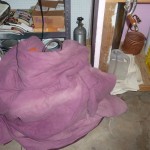
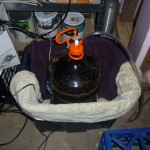
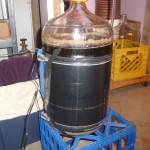
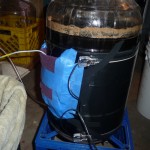
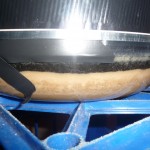
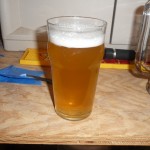
Leave a Reply